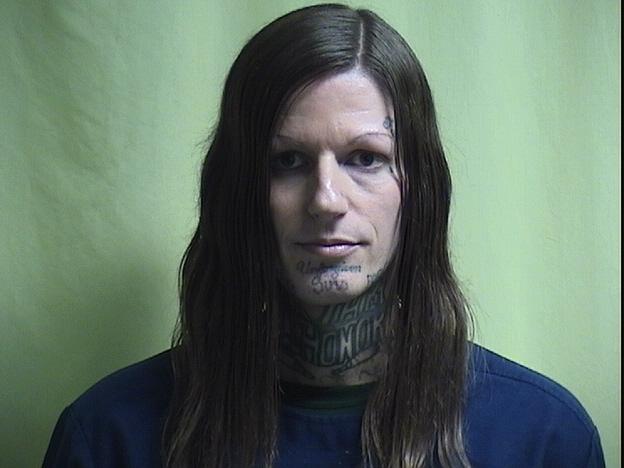The Ohio Supreme Court put an execution date on hold for a transgender inmate—a twice-convicted killer with disputed diagnoses of gender dysphoria and other mental issues.
Now legally named Victoria Drain, the condemned prisoner formerly known as Joel Drain was granted a stay of execution on Jan. 5.





